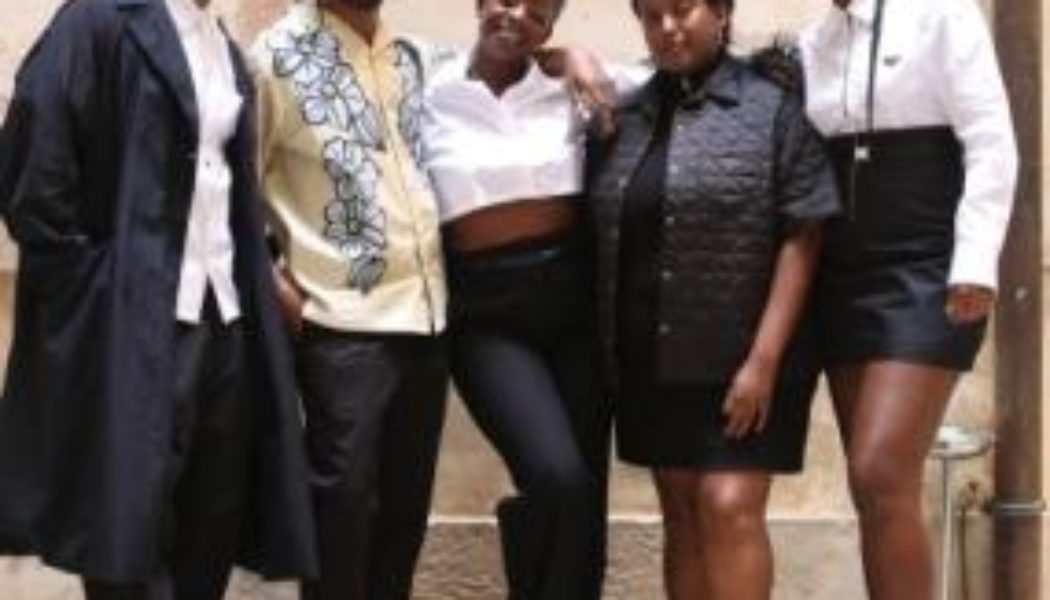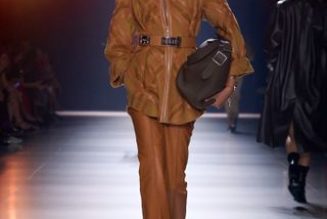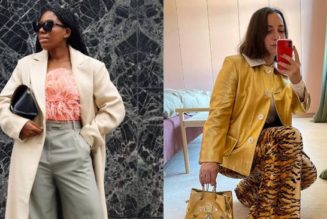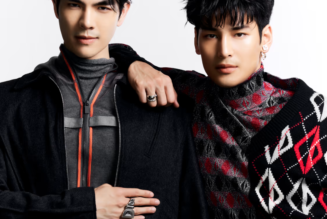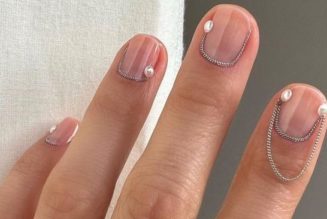
What started over pizza in Milan with Miuccia Prada has become a model worth mimicking when it comes to bringing more diverse creatives into the fold.
And the Italian fashion house has Theaster Gates to thank for much of it.
More from WWD
The artist and chairman of Prada Group’s diversity and inclusion advisory council has been busy bringing Black creatives to bigger stages as part of the Dorchester Industries Experimental Design Lab he co-created with the fashion house in 2022. Fourteen creatives across disciplines — including fashion but extending to culinary arts and architecture, among others — were selected for the three-year collaborative program designed to both bolster their work and broaden their reach. Earlier this month, three of the four showed work at the Venice Architecture Biennale.
While it may not be an all-encompassing salve since it doesn’t solve the issue of corporate representation, which still needs work across the industry, it starts to chip away at what Gates sees as the root of the problem: access to a network for the many that functions like the old boys’ clubs have for the few.
In a talk titled “Inclusive by Design: Creating Opportunities,” hosted by Prada at NeueHouse in Manhattan last Thursday, Gates undressed fashion’s exclusion plainly and simply.
“In a conventional fashion house, the fashion house is probably born with the people who you know. And if it’s the people who you know and it’s in France or in Italy or if it’s in Afghanistan, you’ll find yourself with a pretty homogeneous situation, no harm, no foul,” he said. “But I think what happens is, when brands move from their localness to their international-ness, it’s important that the brand tries to find a way to be more reflective of the communities that wear their beautiful things.”
To get there and actively hire more people from diverse backgrounds, it will take first believing there’s value beyond the homogeneous group, something perhaps fewer than are willing to admit subscribe to.
“I think the way to fight bias is that you believe that there are others who are outside of your people group or culture group that have something to offer the thing that you do very well,” Gates said. “Then the question is, how do you bridge the challenges between the people who you know and the other great people in the world? And I think that chasm is the piece that we’re also trying to solve for.”
Before Gates had anything to do with Prada’s diversity council, he’d had two art exhibitions with the Prada Foundation, and then Miuccia Prada asked what he thought she should do with a spare building she wanted to fill, he said.
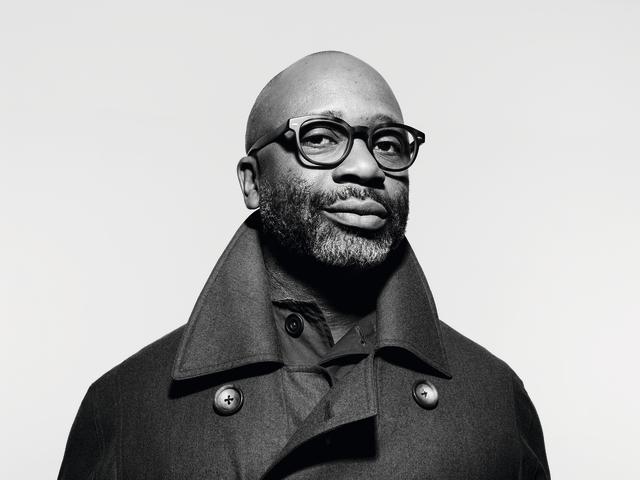
“That turned into a pretty long conversation over pizza at her favorite spot and we developed a friendship. Anyway, we text each other…I found myself wanting to celebrate more and more the kind of sexiness of the brand,” he said.
But as has happened with many brands, Prada found itself facing backlash for racially insensitive products.
“It was like the great politics of Prada were starting to be undermined by moments of bad design, where the challenges of race become clear in some of the objects that are made. So then this diversity council was born,” Gates said. From there, the council worked on pathways for high school students to visualize design futures, “put money in the right places” and tried to do the internal work needed for the company to better understand how to address diversity. “But there was still a moment that I thought could be sort of a sexy turnup, [like] what can we do to show that this brand, which represents amazing things, is also committed to people of color?”
That’s where the Experimental Design Lab came in.
“I was given permission to be as broad thinking as I could because the goal was not to create just a greater fashion house — it was to think about the ways in which creativity, when shared and deployed, could manifest in lots of different ways through lots of people,” he explained.
Fashion, Gates went on, does a lot of things really well. Diversity, however, hasn’t historically been one of them, which is why companies need allies.
“Then it was the Experimental Design Lab and Dorchester Industries talking to the Prada corporation about how a small Black institution could work with a large Italian institution to do something great for design in the future,” he said.
That thing, it turns out, is sort of as simple as giving plants light.
“I take this from the visual art world,” Gates explained. “You make an object and the object is in a back closet and no one knows that it’s a special object. People would imagine that it’s kind of secondary, tertiary. You take the same object and you give it the care that it deserves, you put it in the right light, you force the rest of the environment around that object to yield to that object, people pay attention to it in a different way. I think that part of what Prada has the capacity to do is it has the ability to shine the light on people and efforts and projects that would normally not be seen.”
While companies shouldn’t necessarily embrace this just for the business upside, there is one — and one with greater long-term value than bottom lines on the balance sheet.
“When you can get past the bag and past the dress and get to topics of political activism, of environmental issues and speaking with strangers and talking to others, when you can start to shine the light on people who have been strangers or estranged from the fashion industry, you can find yourself being even more innovative in the work that you do,” Gates said.
“You see it all the time, that there’s — I guess a nice word would be borrowing from the cultural complexities of the world — sometimes you can call it appropriation, but it would be really amazing to see senior directors of fashion houses who are from Mali and Ghana and Kenya and mainland China, Hong Kong, and imagining the diversity of voices and how those things might deeply impact the DNA of a place like Prada,” he continued. “I think it’s all upside.”
For Gates personally, both outside of Prada and through the Experimental Design Lab, his work has been about building bridges to connect people of color to those who may not otherwise see them — or in a sense, create a new boys club, where no gender, race or alma mater is a barrier to entry. Then people who can help people will do so because they believe in the person or the effort or the project.
“If I can be generous to a person and it seeds their generosity, then at some point you no longer need the corporation to be corporately generous, you have individuals who understand that they have the ability to be collectively generous,” he said.
For now, though, there’s still a need for fashion companies to be corporately generous, and that doesn’t mean throwing money at a problem or chasing racial representation numbers solely for the sake of corporate responsibility.
“It feels like fashion is in a flux at the moment and that one of the ways brands are making themselves better is by partnering with other brands and making them kind of a hybrid new third space for their work,” Gates said. “Another way that I’ve seen as an outsider to fashion is that the appointment of a [creative] director seems to be very, very important. Who’s running the kind of creative design intention of the house matters. Is it going to be more casual? Is it going to be more formal? Will it return to the glory days of the ‘20s? Will it move forward with a kind of futurism? That stuff is interesting to me.”
The other thing that’s helping companies authentically embrace diversity is the investment in “young and emerging talent from unexpected places,” according to Gates.
“These influences are emerging out of talent who understand the historical canon and also have very specific cultural nuance that they can bring to these houses new ideas,” he said.
“And what I hope the Experimental Design Lab does is that it demonstrates to Prada and kind of culture at large that when you invest deeply in excellent makers, they will cause ripple effects in the world.”
Best of WWD
